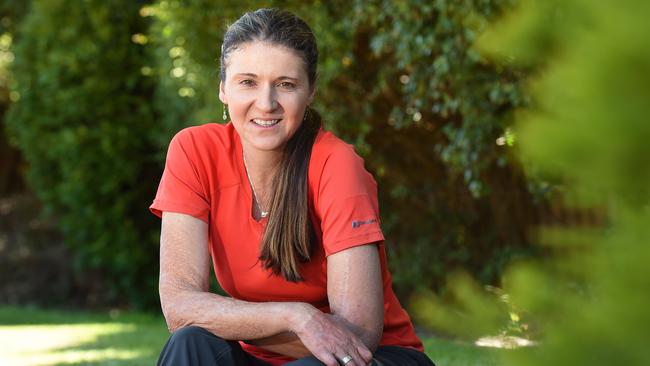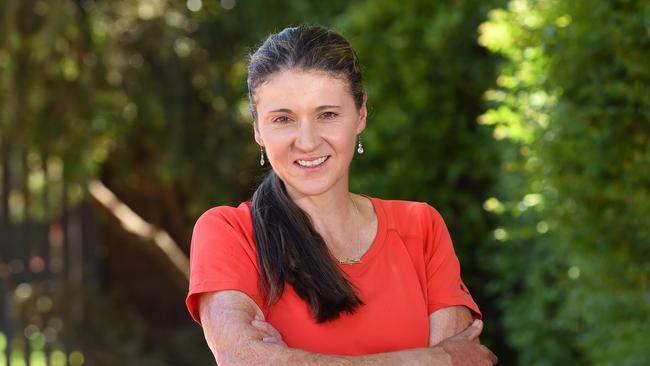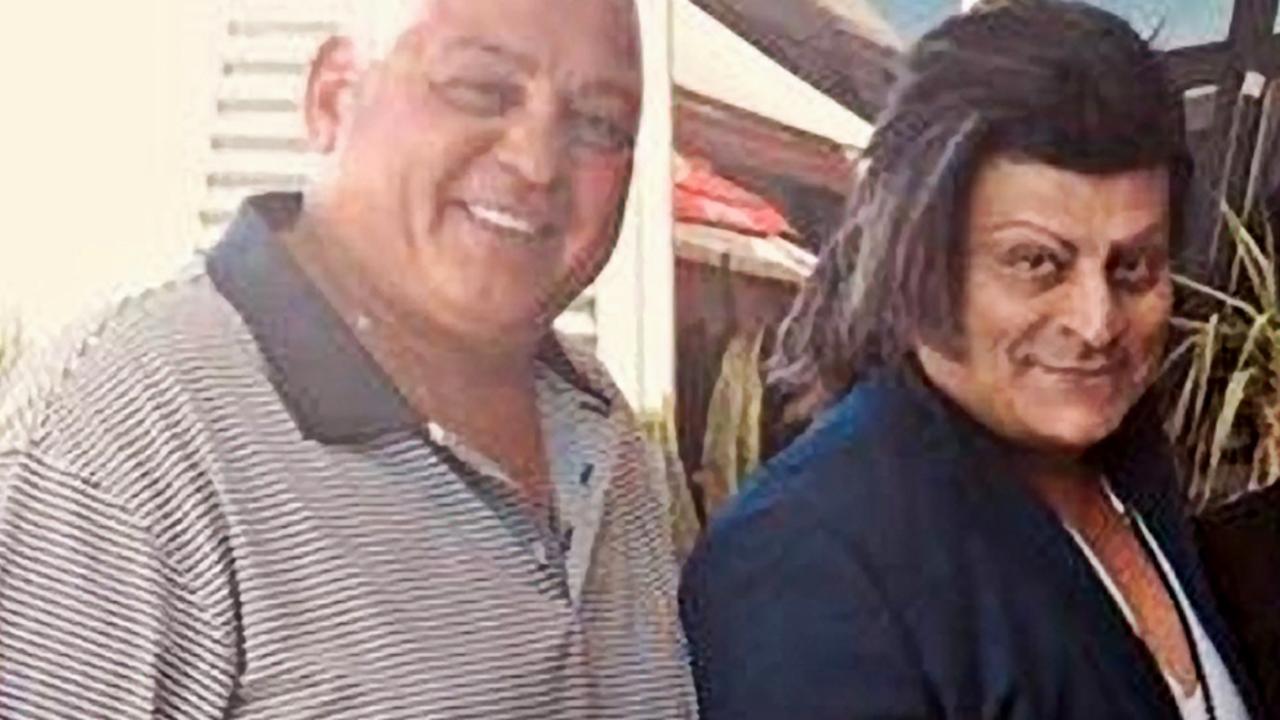‘Holy grail’ of burns treatment discovered
A world-first Melbourne trial will see the “holy grail” of burns treatments trialled on patients with life-threatening injuries.

Victoria
Don't miss out on the headlines from Victoria. Followed categories will be added to My News.
Skin grown from a patient’s own stem cells will be used to treat life-threatening burns in a world-first Melbourne medical trial.
A team of scientists and surgeons from The Alfred hospital and Monash University believe they are close to reaching the holy grail of burns treatments, with final development of their bio-engineered skin now under way before a large trial in third-degree burn patients in 2023.
The cutting edge techniques have already proven successful in treating 40 severe burns patients in earlier “proof of concept” Melbourne trials using less sophisticated versions of the bio-engineered material.
The breakthrough is hoped to one day replace skin grafts and save burns patients who die from infections when their wounds cannot be closed using current treatments.
Victorian Adult Burns Centre director Heather Cleland said the development could also revolutionise the long-term prognosis for burns victims, particularly the 40 per cent who lived with pain and disability caused by scarring of skin grafts and their donor sites.
“A workable, practical, reliable skin substitute would make a massive difference to patients in terms of the length of time they take to heal and therefore the time they’re exposed to the risk of infection and all the complications that go with that,” Associate Professor Cleland said.
“In terms of pain and procedures and time in hospital and complications that would be an absolute game changer.

“What people die of now is usually infection, and it usually happens quite some way down the clinical course when we just haven’t had enough of their own skin to cover their burn wounds.
“In the short term it means you don’t inflict a whole lot of other injuries on this patient and, in the longer term, it means there will be much better outcomes in terms of all the problems that go with scarring like joint contractures pain, itching, decreased sensation and poor skin quality.”
While scientists have been able to grow the various cells that make up living skin in laboratories for decades – including blood vessels, nerve cells and immune cells – combining them all into a three-dimensional organ that can be grafted to patients has so far proved too complex.
After working on a solution for more than a decade, Professor Cleland’s team has simplified the bio-engineered skin by focusing only on two types of cells; the outermost epidermal layer needed as a barrier against infection; and fibroblast cells that provide structure and collagen so the material can connect to the patient’s body.
ONCE grafted on to patients so they can connect with their existing healthy skin, the cells have been able to “self assemble” and form the vascular and other cells needed to develop blood flow to survive and gain full function.
During a 2013-2016 trial the Melbourne team was able to successfully treat 10 severe burns patients by growing the cells in scaffolds made from gel, which was able to produce the three-dimensional structure needed to form useful skin.
A further trial using BTM biodegradable polyurethane scaffolds – a type of plastic matrix that allows the cells to grown in a 3D shape before degrading and leaving only the formed skin – from 2015-18 saw an almost 90 per cent successful grafting of the bio-engineered skin in 30 patients.
Professor Cleland said both types of scaffolds would be further evaluated in preclinical studies over the next year before a trial of one, or both, will be undertaken on patients with severe burns.
Kate Sanderson, who was running the Kimberley Ultra marathon with Turia Pitt in 2011 when they were caught in a grassfire and suffered burns to 60 to 65 per cent of their bodies, said the medical trial was an “absolute game changer” because it would shorten the patient’s gruelling stay in hospital.
“I was 60 per cent burnt, so they could only take the skin off my torso,” she said.
“And that meant that I would have skin taken off my torso and I have to wait two to three weeks for it to grow back for them to harvest it again.”
The burns victim said she could have died from the many infections she sustained if her doctors could not find her the correct antibiotic in time.
“If I had an infection, the team would give me antibiotics to see if I would react to it or not and then, after a few types of antibiotics didn’t react, you get a bit nervous because you can go downhill pretty quickly.”
The collaboration between Melbourne stem cell scientists and burns surgeons has been bolstered by a $2.4m Medical Research Future Fund grant.
She said a key challenge would be scaling up the size of the skin scientists could grow and therefore the wounds which could be covered, with areas of about 10x10cm currently viable – though several sections may be used to cover larger areas.
“We have developed techniques that enable us to use a scaffold not only to transfer the cells but also to provide a sort of niche for them to grow and interact with other cells,” Professor Cleland said.
Traditional skin grafts have been the main method of closing burns wounds for more than 150 years, however the head of the skin bio-engineering laboratory, Shiva Akbarzadeh, said the Melbourne collaboration brought new hope for future patients.
“We believe, with taking advantage of stem cell science and material engineering, we can revolutionise burns treatment,” Associate Professor Akbarzadeh said.
“By making new skin from patients’ own activated stem cells, we’ll be able to repair deep wounds and minimise the need for donor skin.
“This also allows us to modify the engineered skin as a treatment option for other skin loss conditions as we progress.”
Additional reporting by Laura Placella


